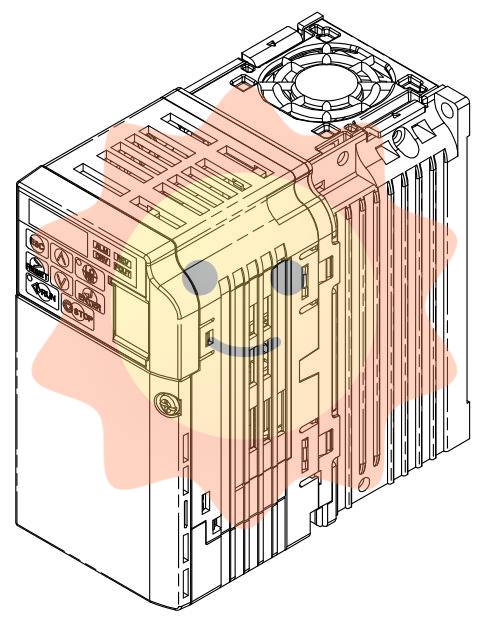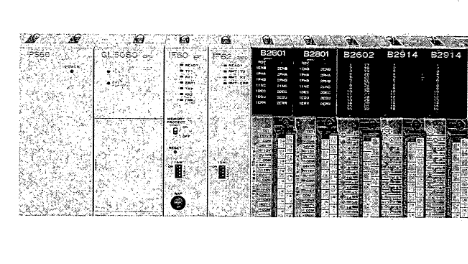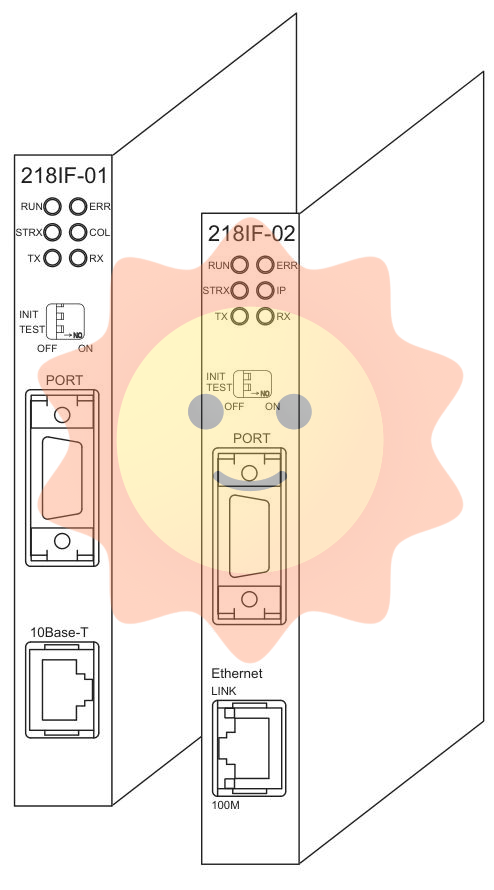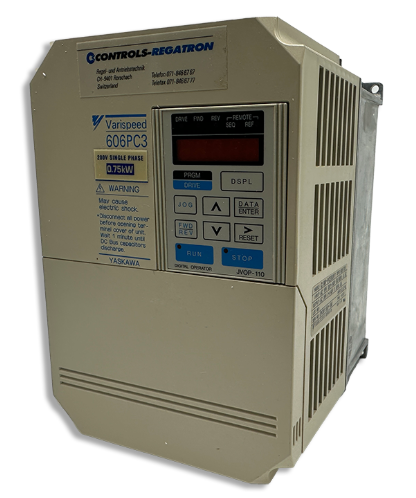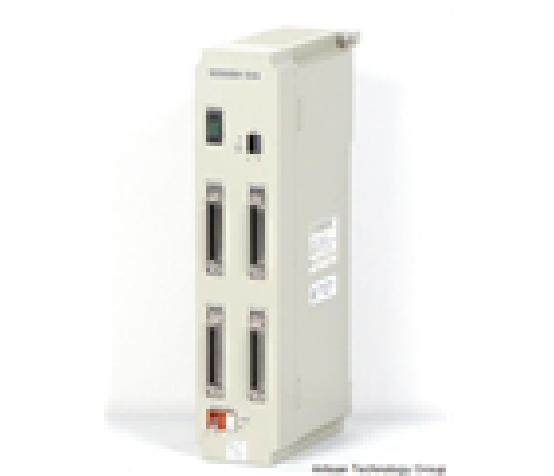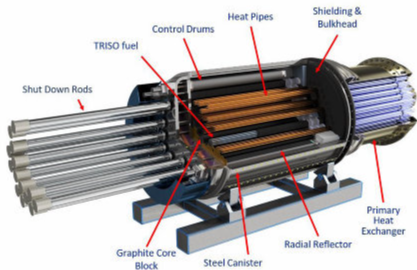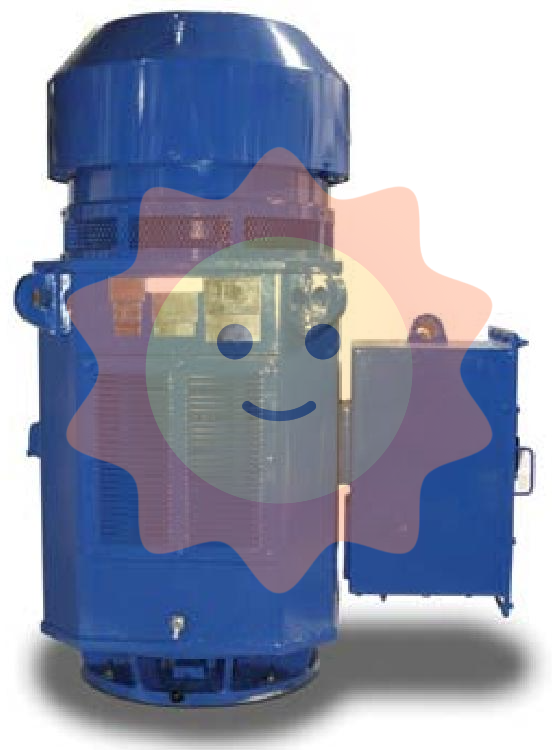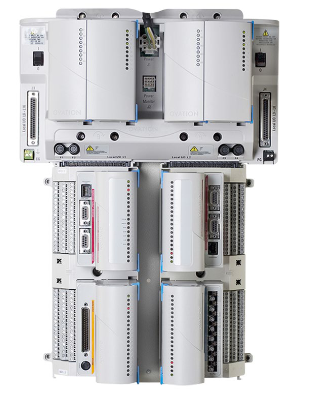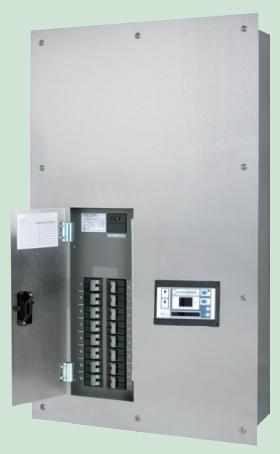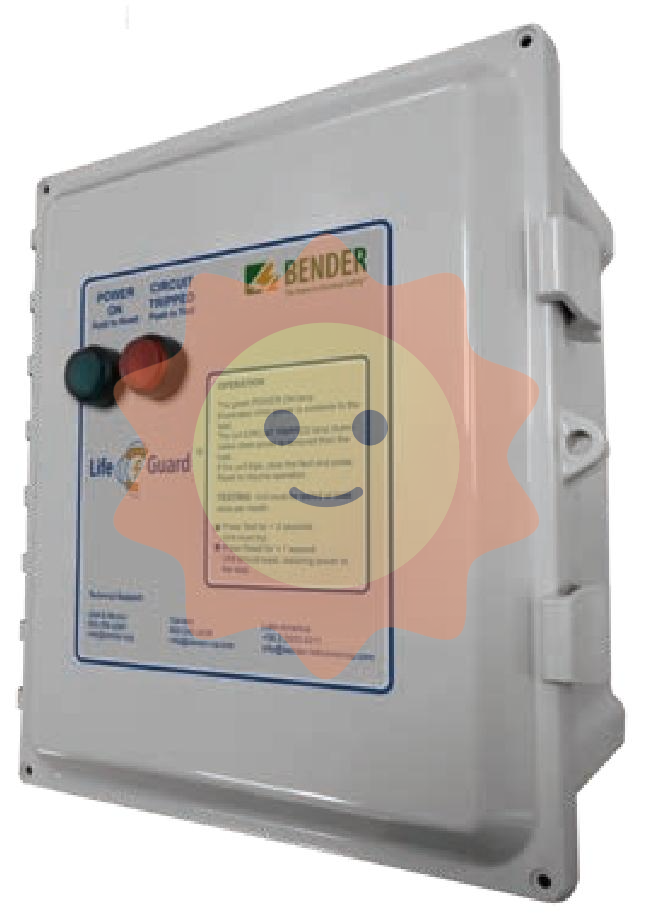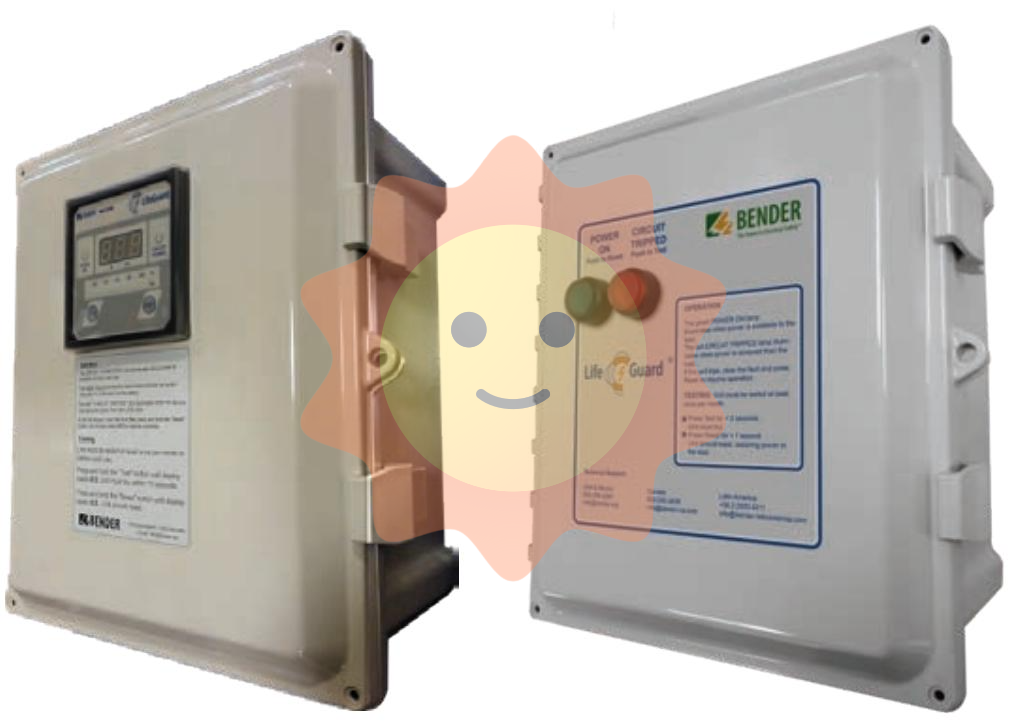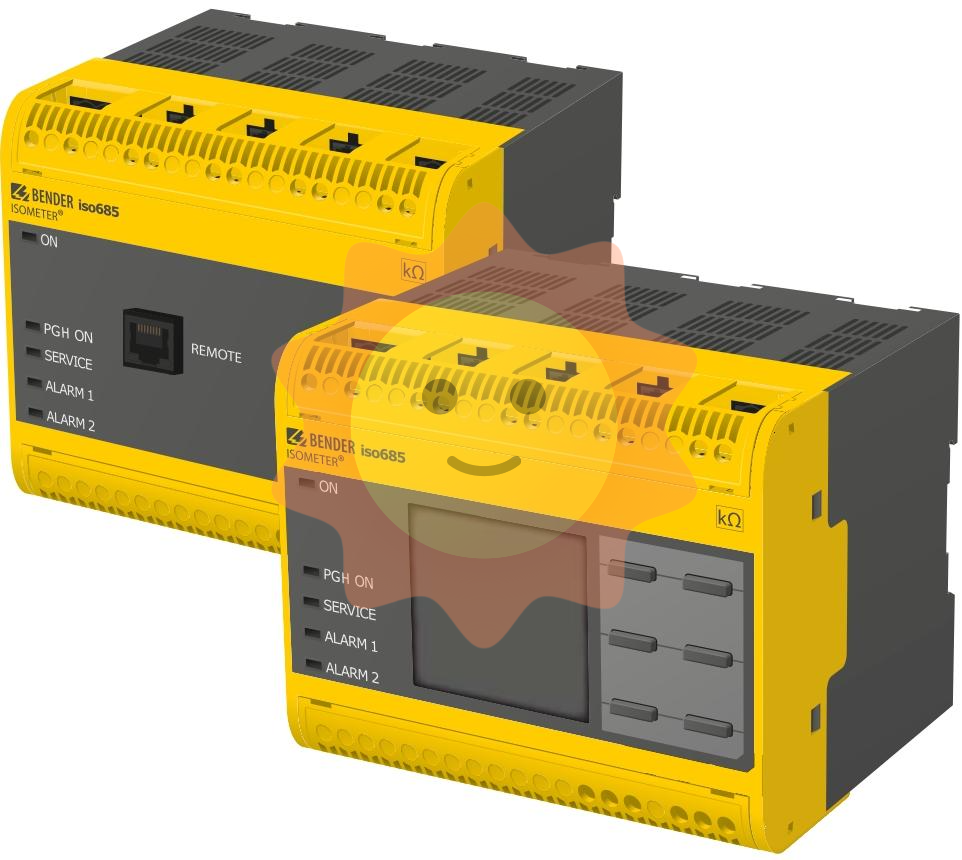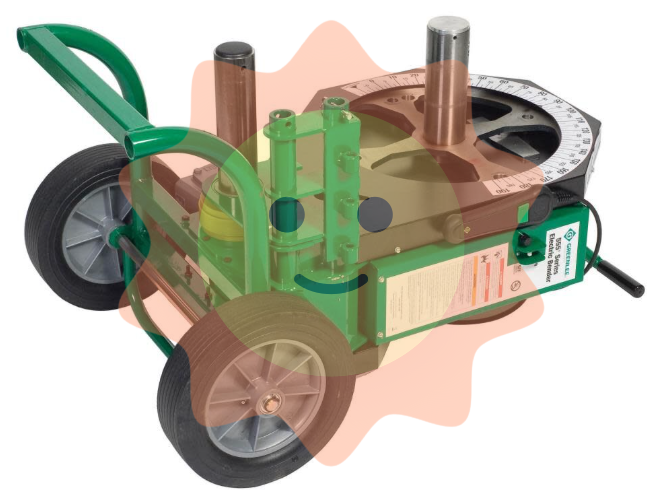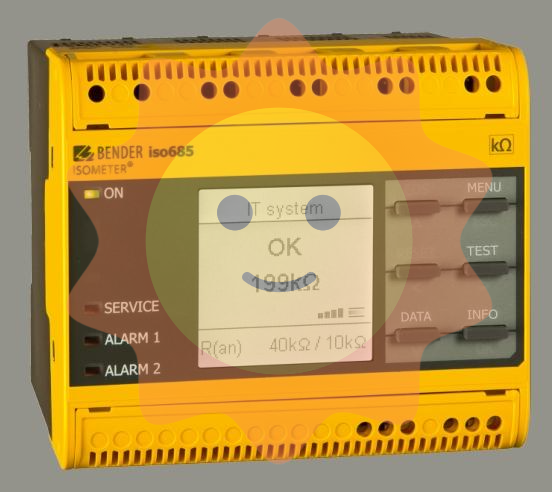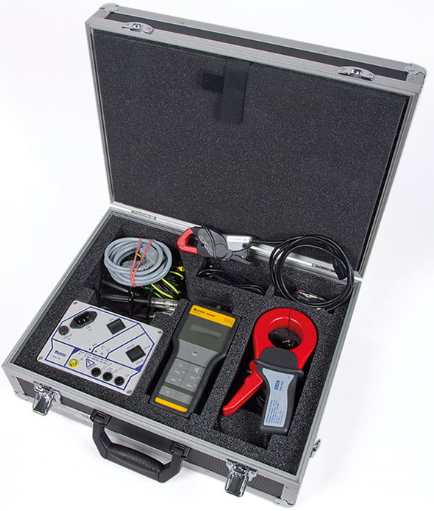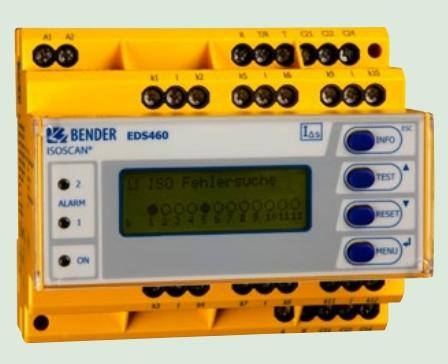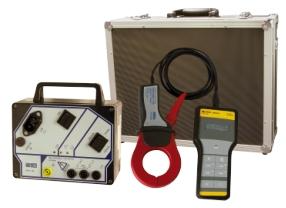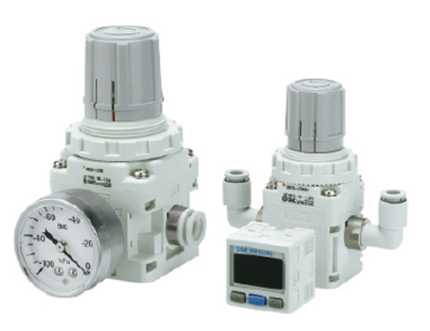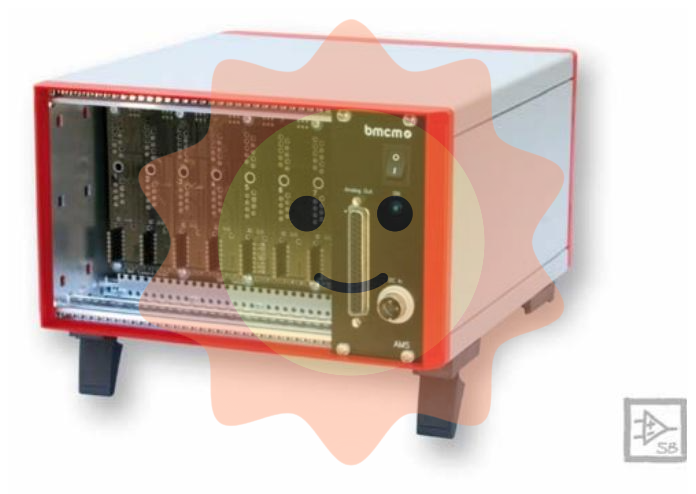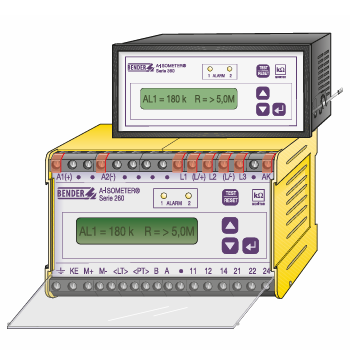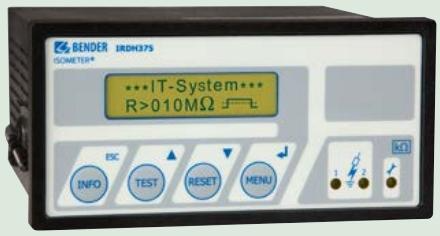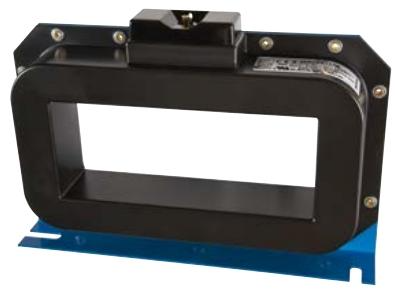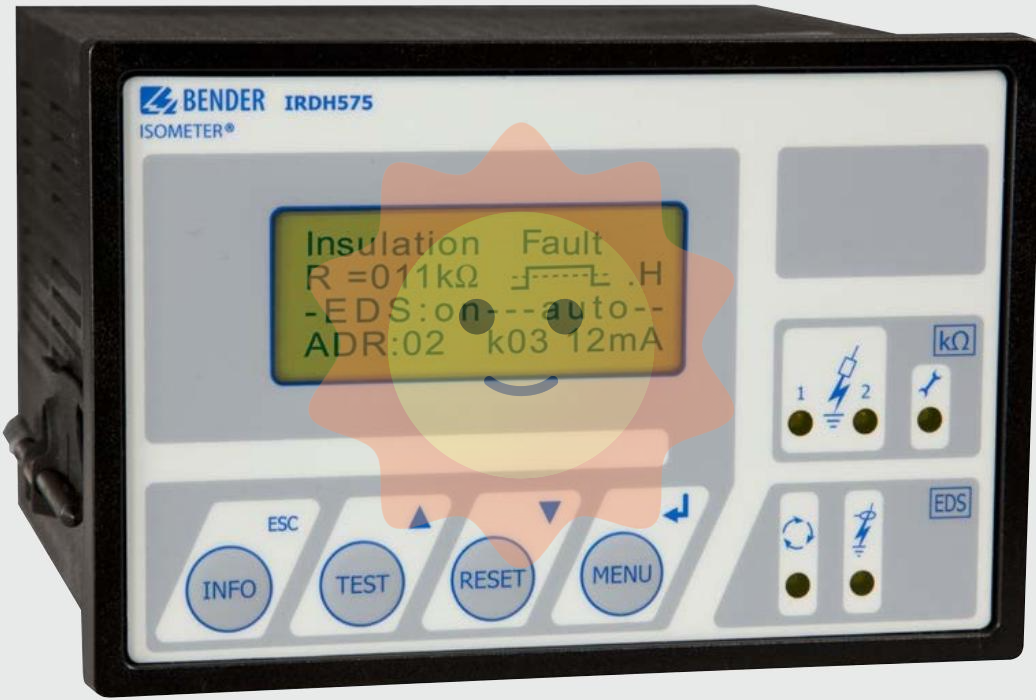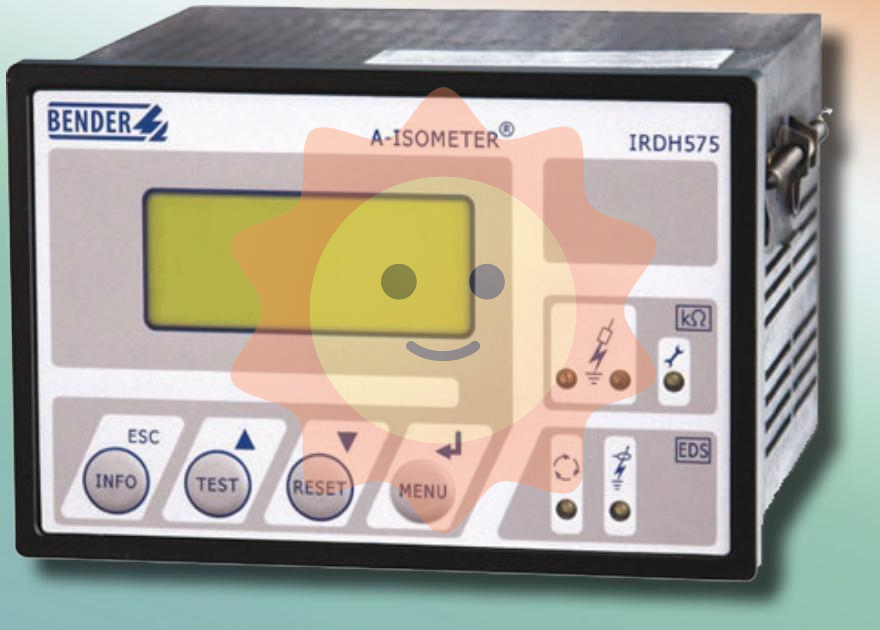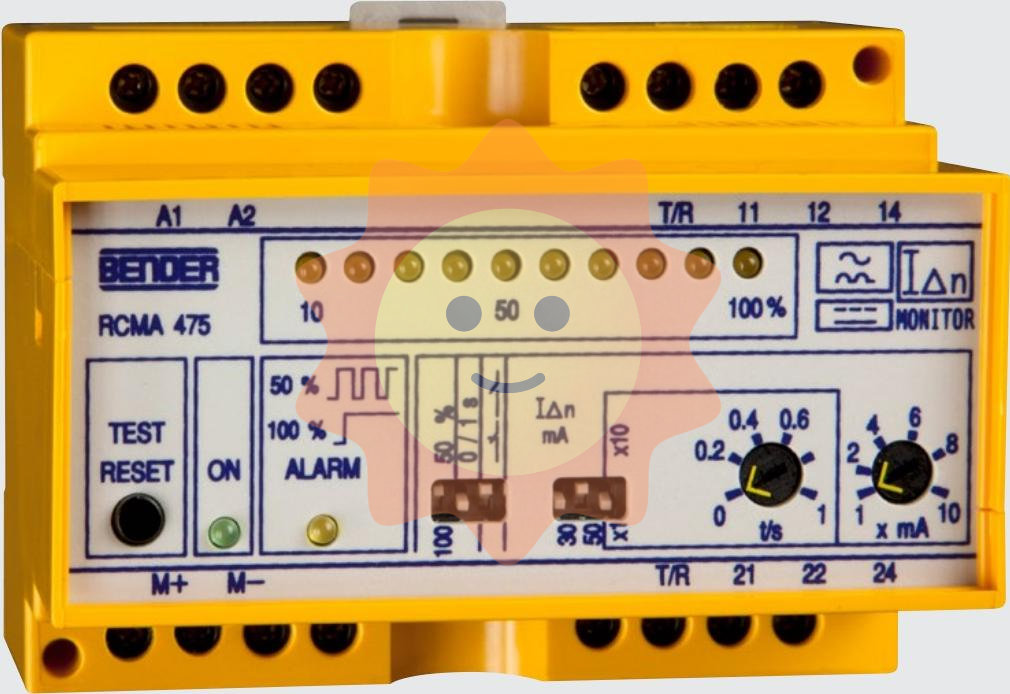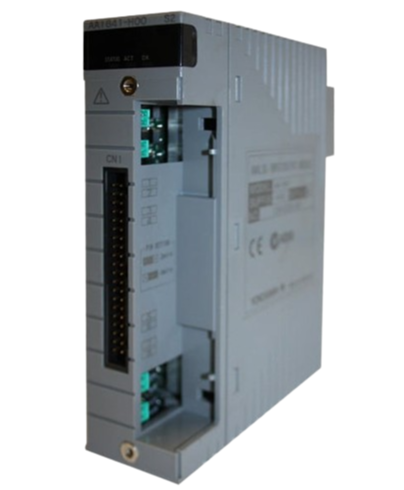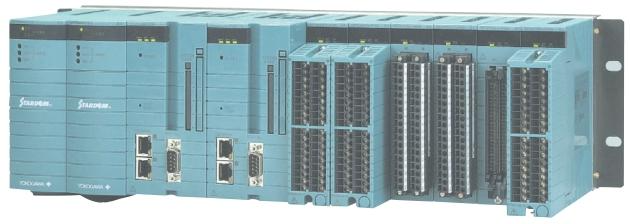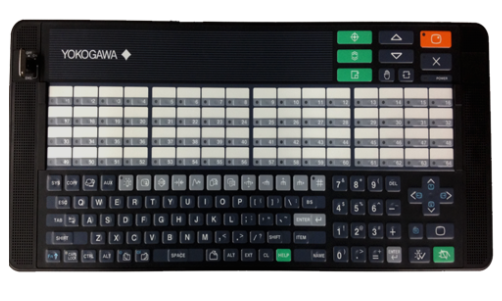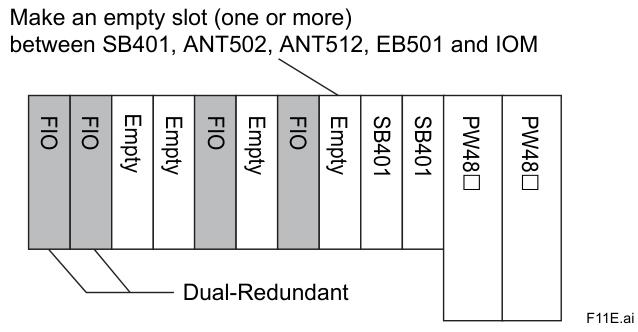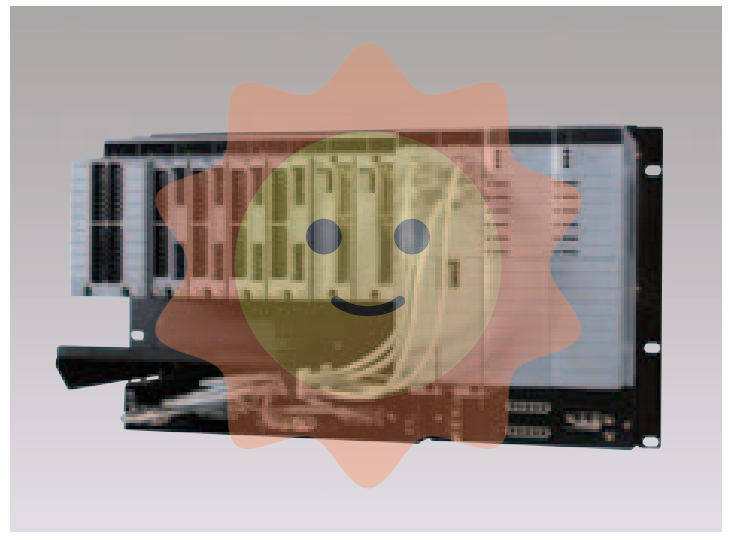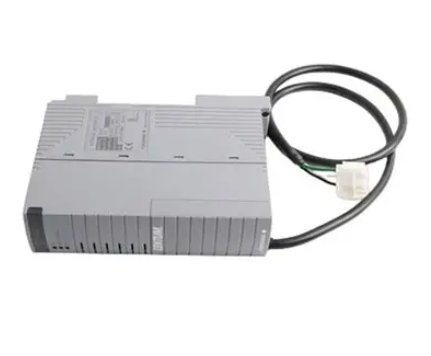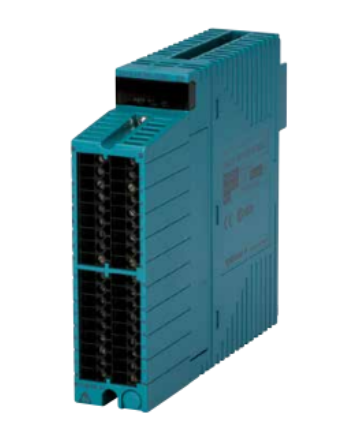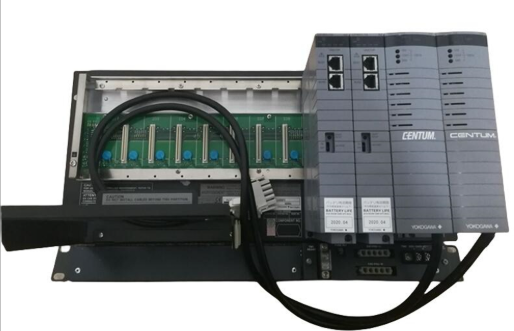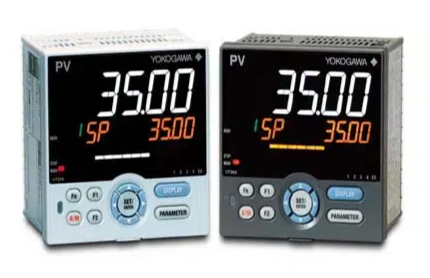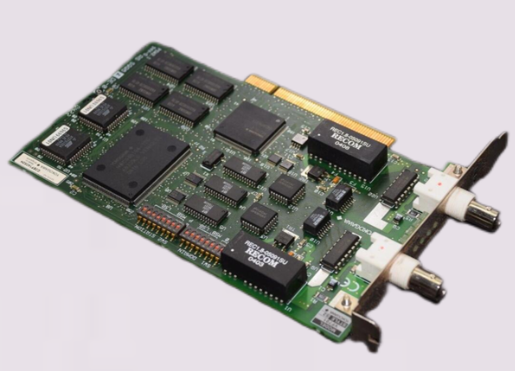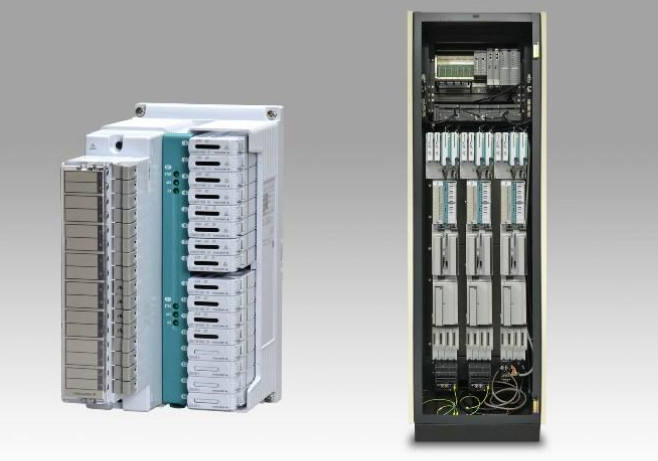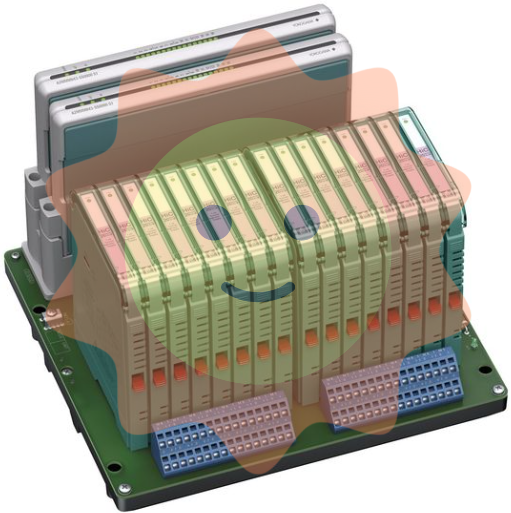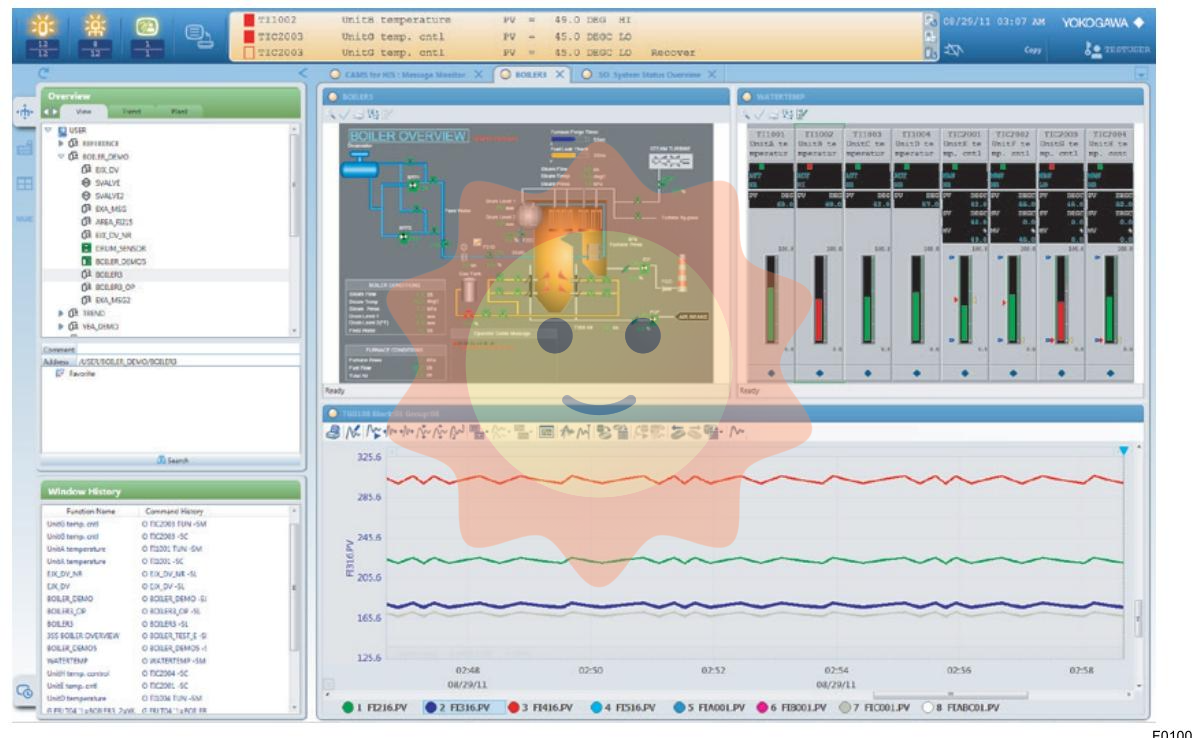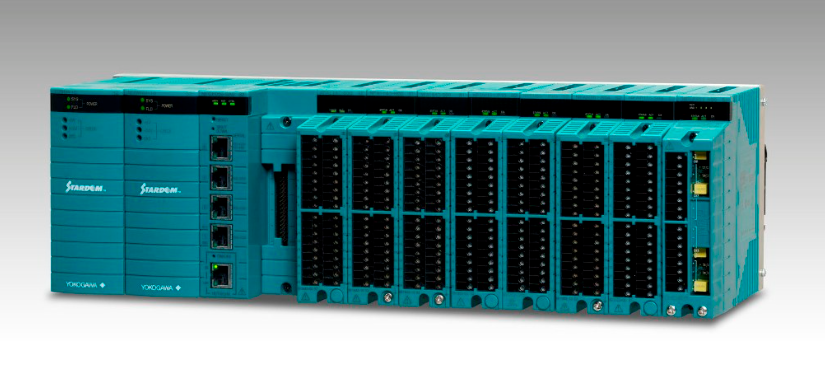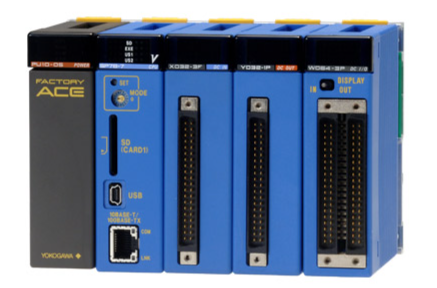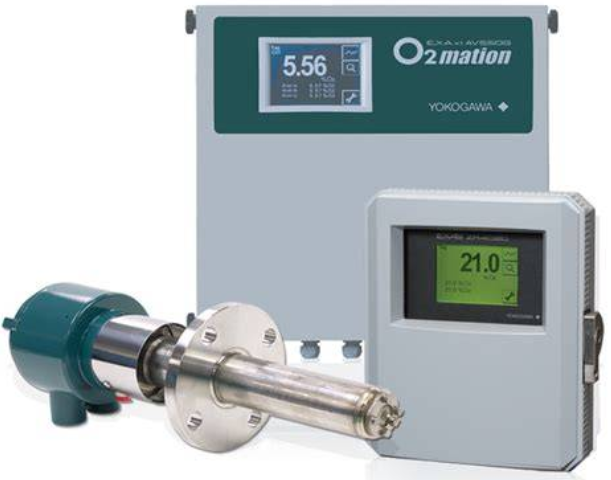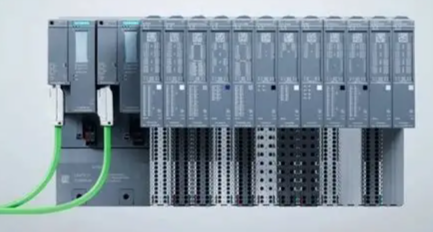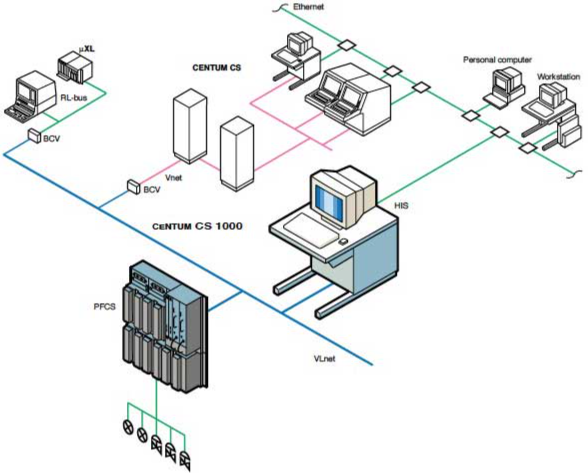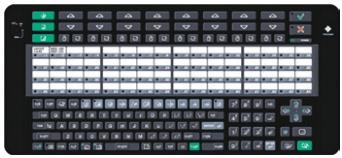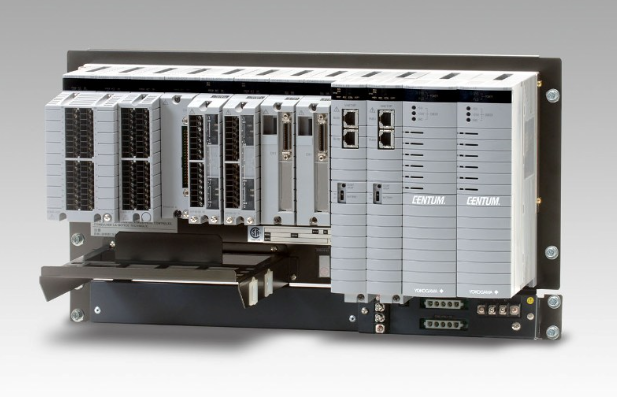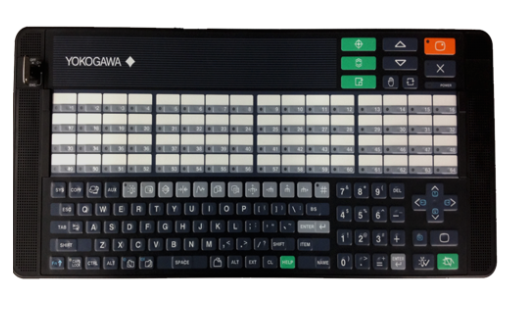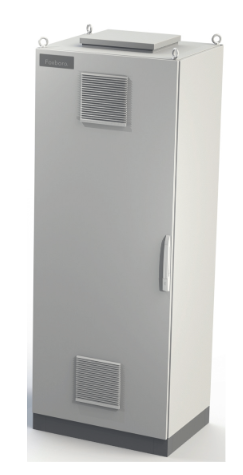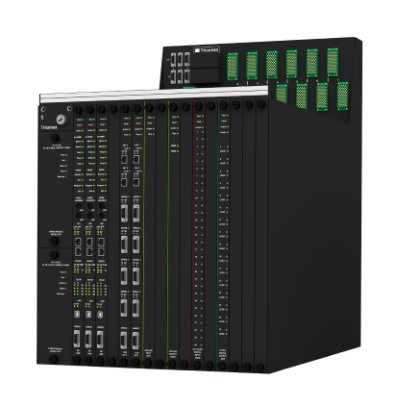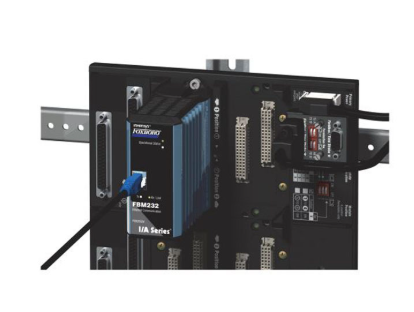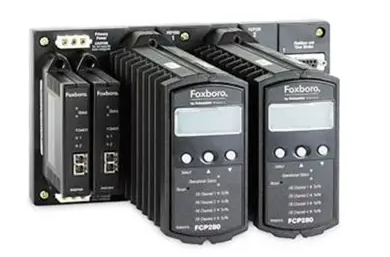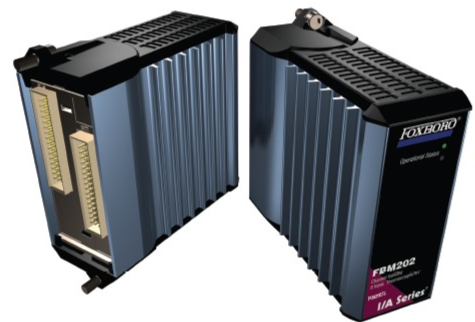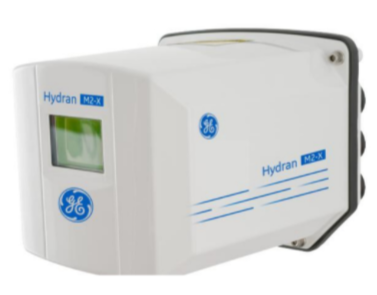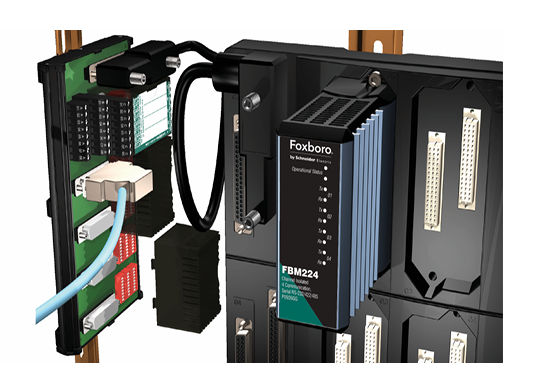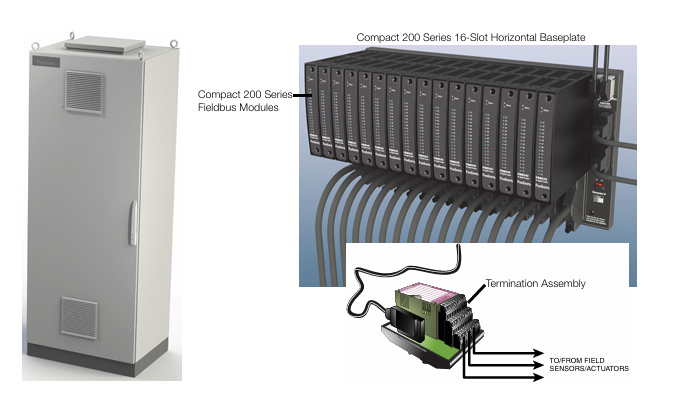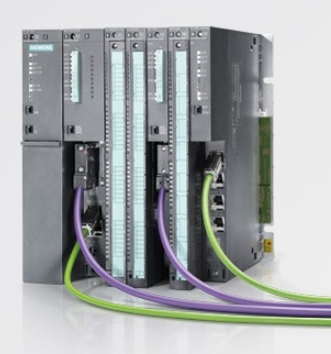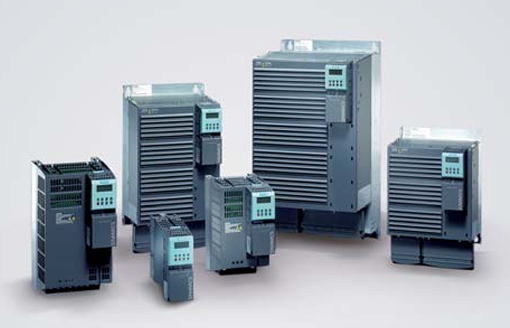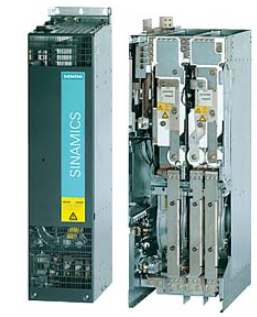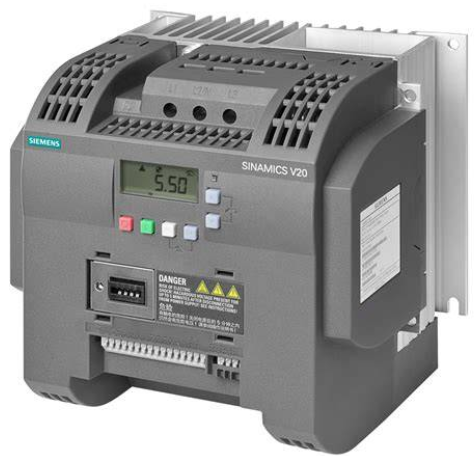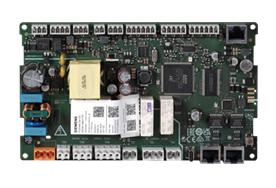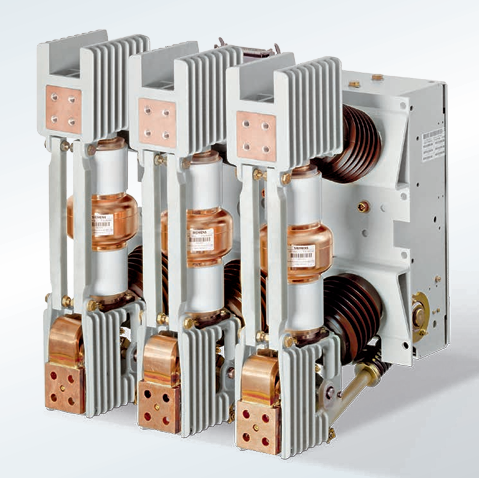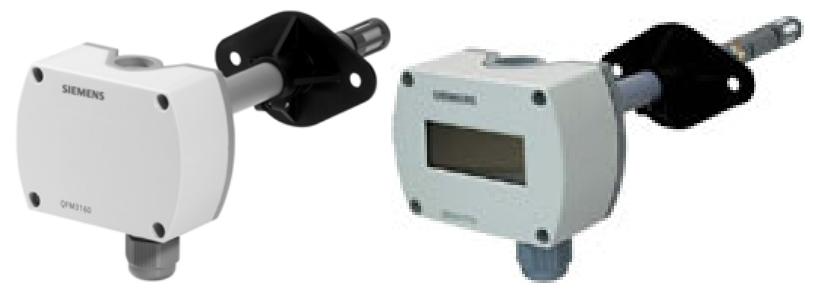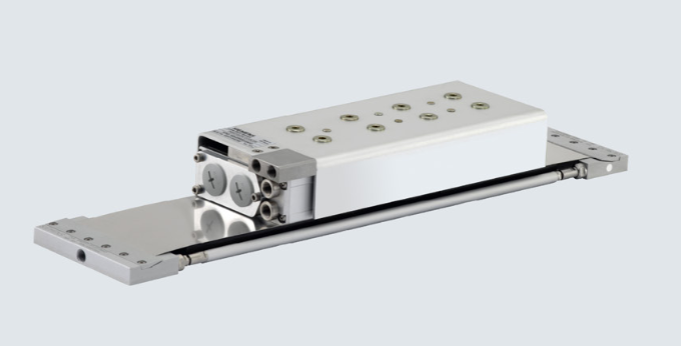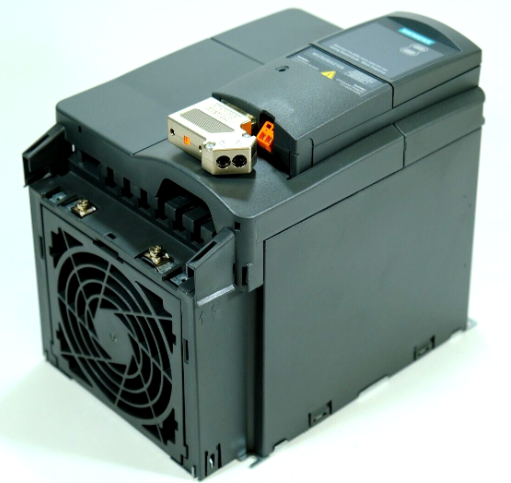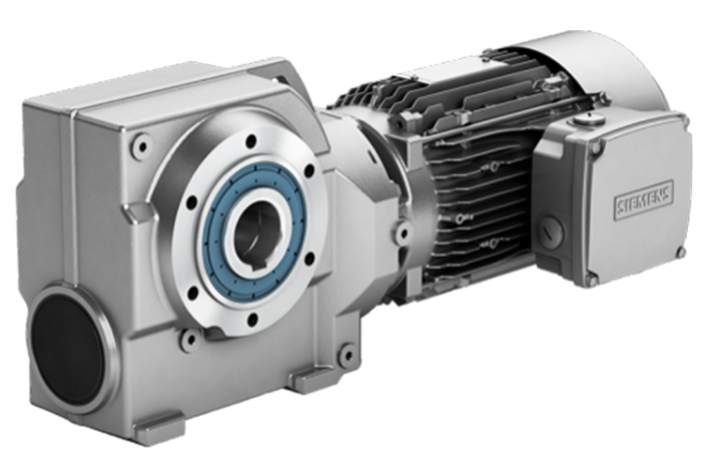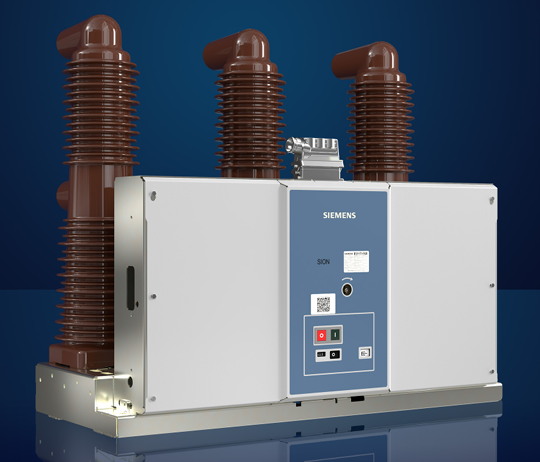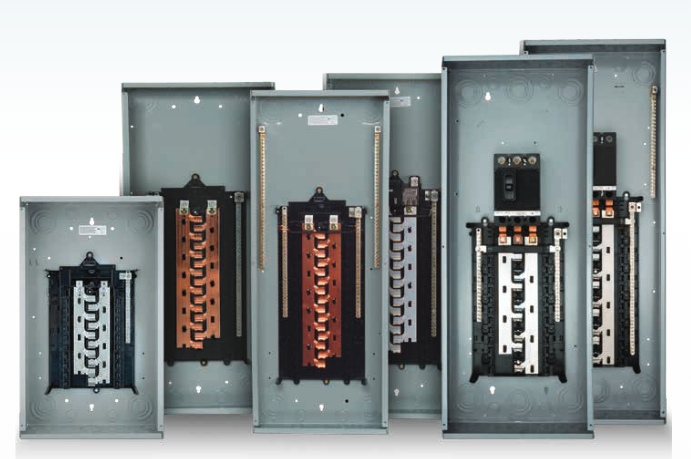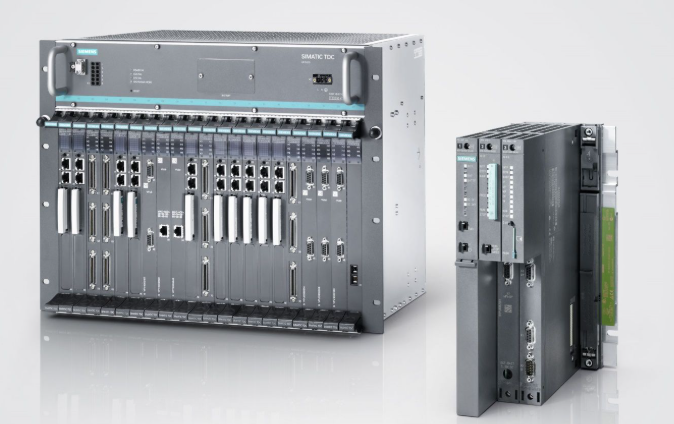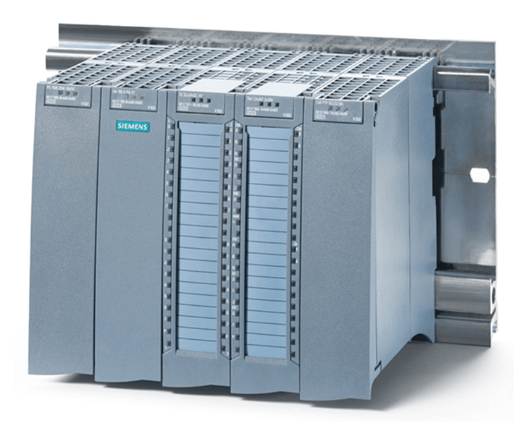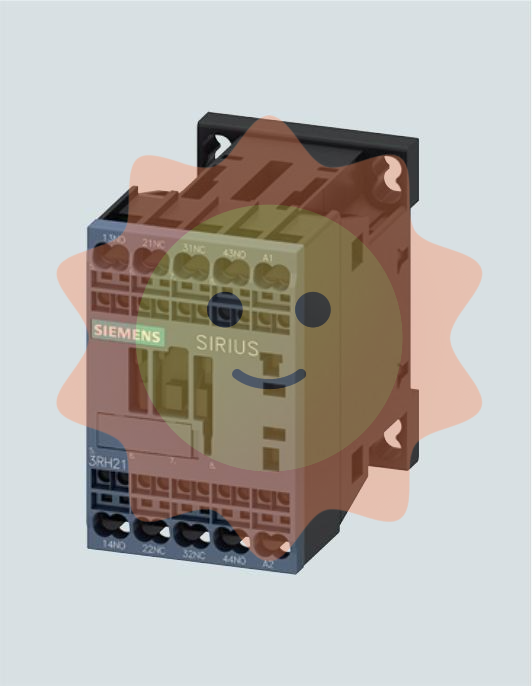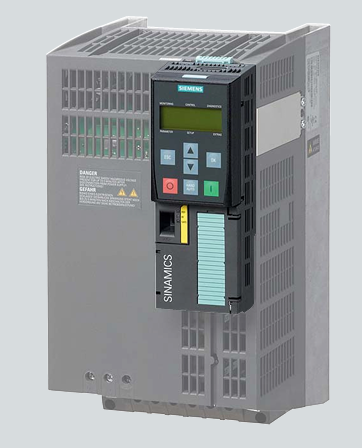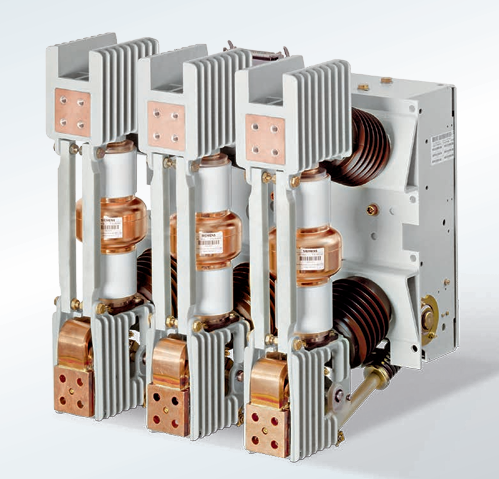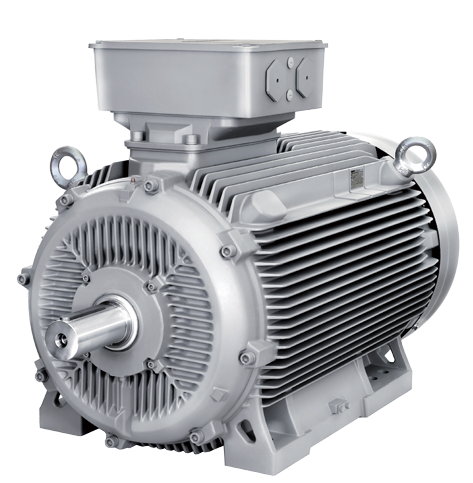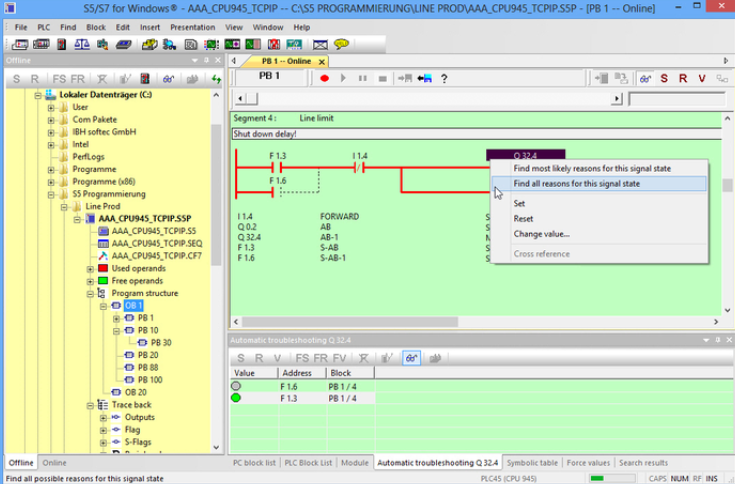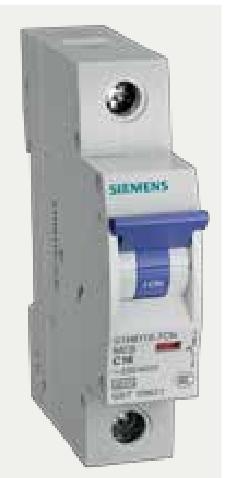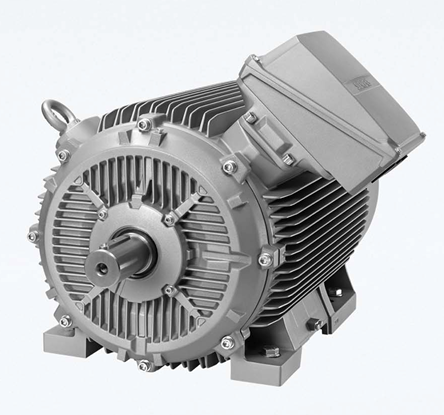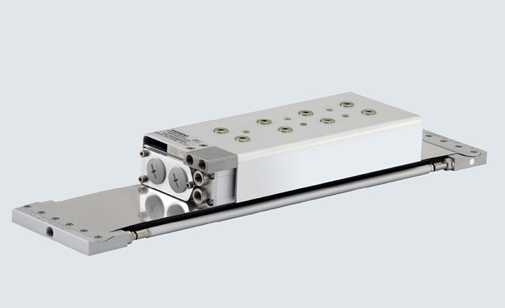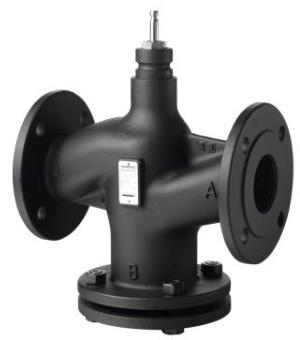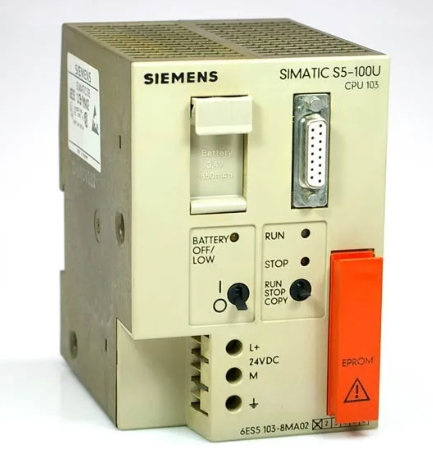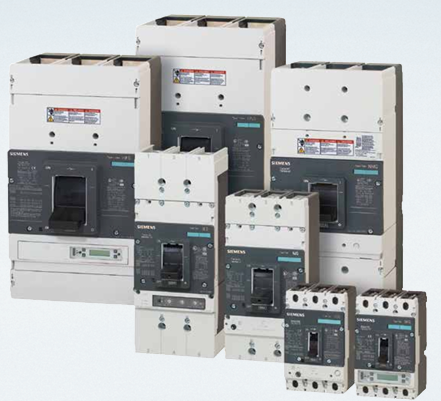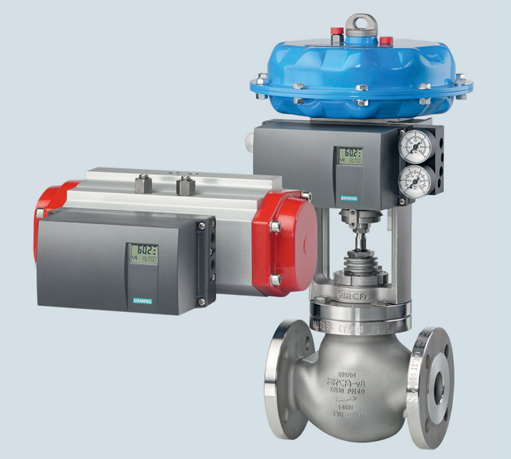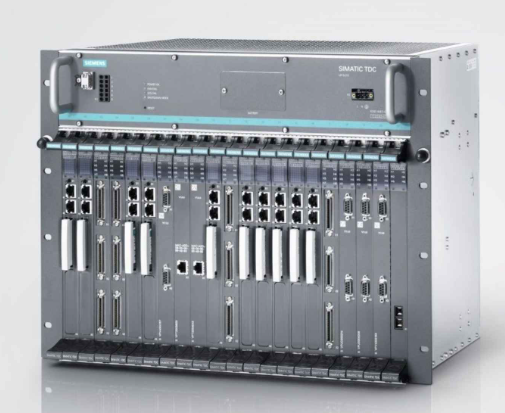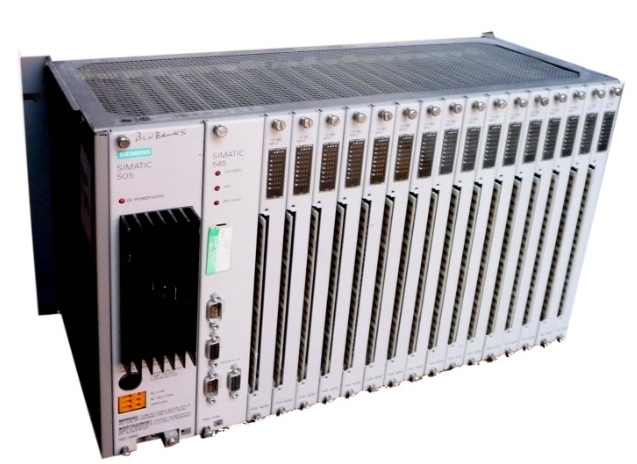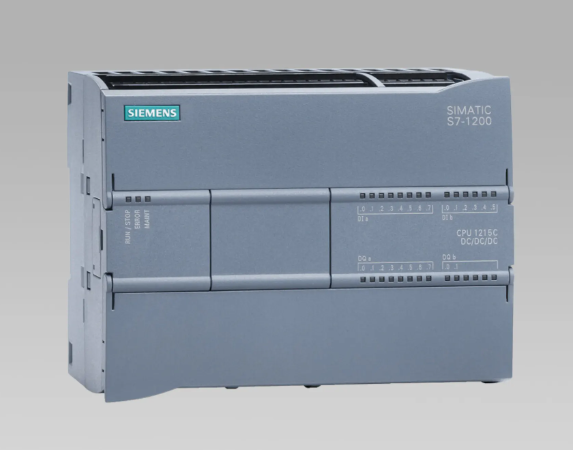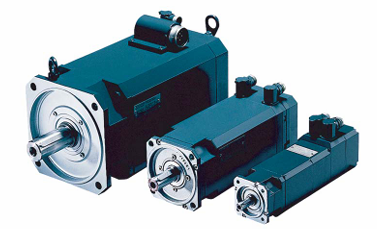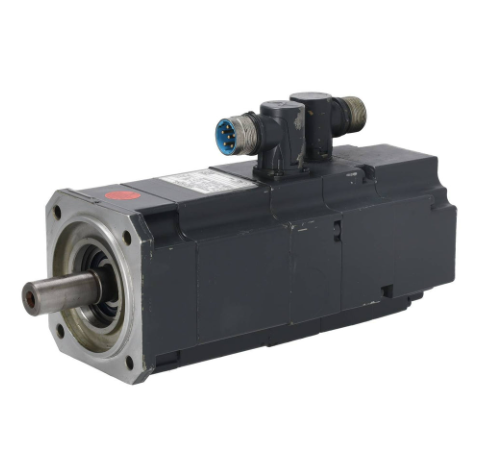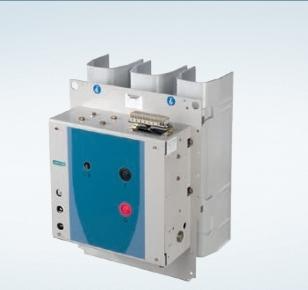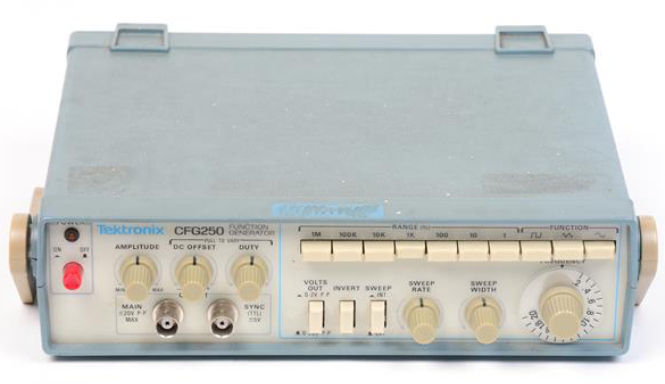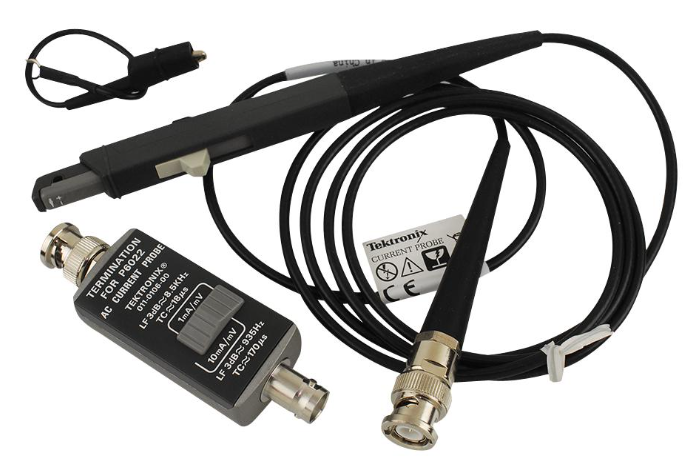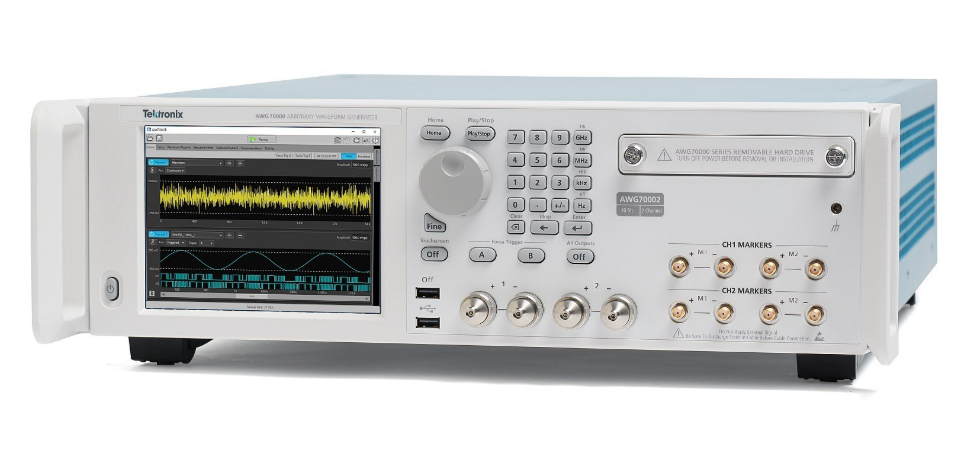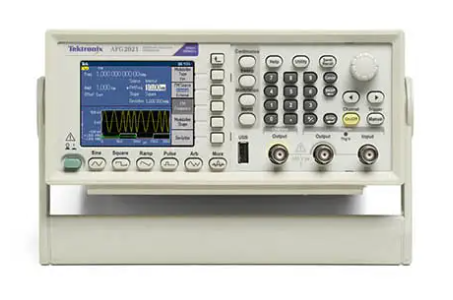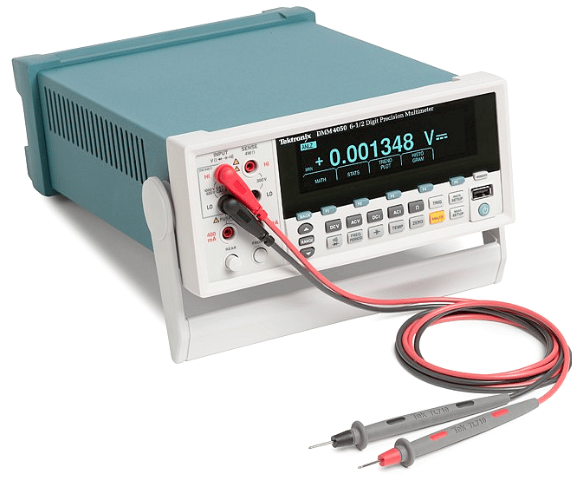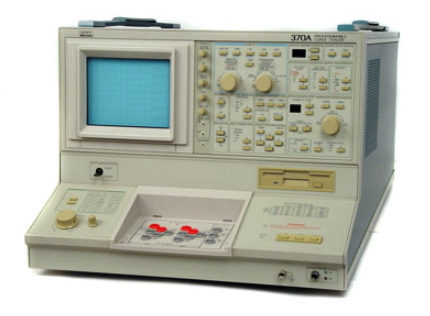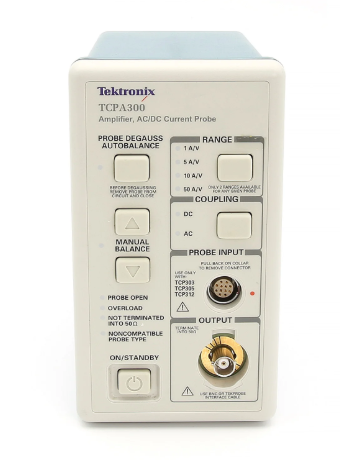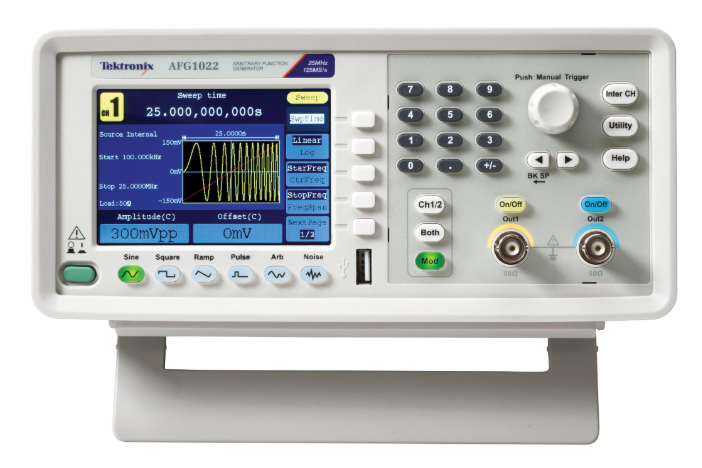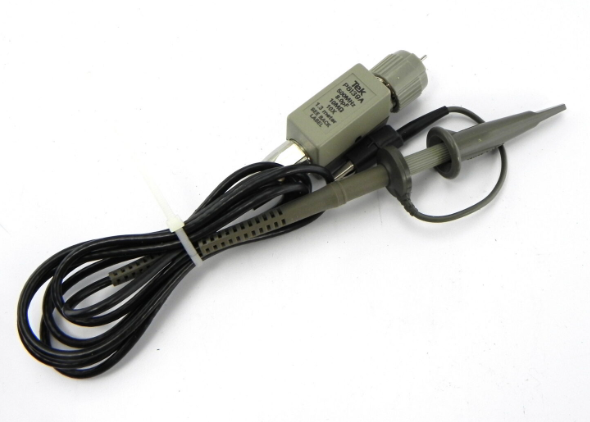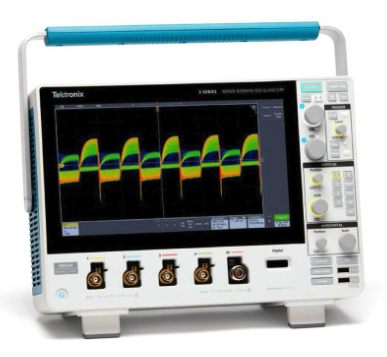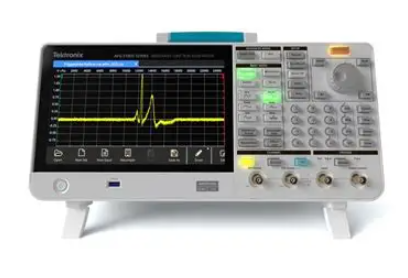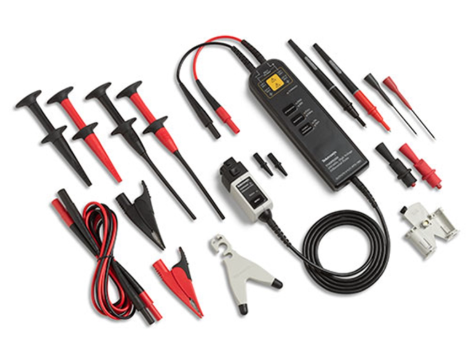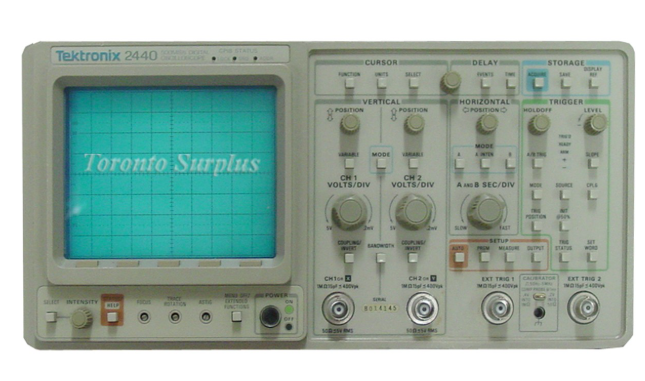GE IC3600LRDC1 Speedtronic Gas Turbine Relay Driver Card
GE IC3600LRDC1 Speedtronic Gas Turbine Relay Driver Card
Part Number IC3600LRDC1 Manufacturer General Electric Country of Manufacture As Per GE Manufacturing Policy Series Mark VI/VIe Function Module Availability In StockIC3600LRDC1 is a Relay Driver Board and is part of the GE Fanuc Mark I & II gas turbine control system. Two aluminum electrolytic capacitors make up the IC3600LRDC1. Sixteen polyester vinyl capacitors are vertically positioned on the board. There are 32 transistors on the board, with two lines of eight transistors each labeled (Q2) and one line of sixteen transistors marked (Q3) (Q1.) There are five lines of sixteen resistors on the board. Carbon composite material is used to make the resistors on this board. Each of these lines has been labeled as if it were a single component. R1, R3, R5, R7, and R9 are all marked on the board. There are sixteen diodes on the PCB. Diodes are numbered, but they don't have any other identifier.
The IO module has the following main functions
Input Function
The IO module can receive input signals sent by external devices and convert them into digital or analogue signals for use by the computer system or control system. These input signals can come from a variety of sensors, such as temperature sensors, pressure sensors, photosensitive sensors and so on. By receiving and parsing these input signals, the system can monitor and control the external environment in real time.
Output Functions
The IO module is capable of converting the output signals generated by a computer system or control system into the form required by an external device. These output signals are typically used to control actuators such as motors, valves, lights, etc. By sending appropriate output signals to external devices, the system enables control and operation of the external environment.
Data Acquisition and Processing
The IO module is capable of acquiring data from external devices and transferring it to a computer system or control system for further processing. This enables the system to acquire environmental data, status information and user inputs in real time and make appropriate decisions or perform specific tasks based on these data.
Communication Interfaces
IO modules are usually equipped with different types of communication interfaces, such as serial interfaces (RS232, RS485), Ethernet interfaces, CAN bus interfaces, and so on. These interfaces enable IO modules to exchange data and communicate efficiently with computer systems or other external devices.
OTHER INFORMATION
• Up to 1.26 GHz Pentium® III processor with 256 KB advanced transfer cache
• Up to 512 MB PC-133 SDRAM using a single SODIMM
• Internal AGP SVGA controller with 4 MB display cache
• 133 MHz system bus via Intel® 815E chipset
• Dual Ethernet controllers supporting 10BaseT and 100BaseTX interfaces
• Optional PCI dual channel Ultra160 SCSI
• Up to three (two with rear I/O support) PMC expansion sites (IEEE-P1386 common mezzanine card standard, 5 V)
• Up to 1 GB bootable flash on secondary IDE (optional)
• Two 16-bit and two 32-bit programmable timers
• 32 KB of nonvolatile SRAM
• Software-selectable watchdog timer with reset
• Remote Ethernet booting
• Optional IDE hard disk drive
• VME64 modes supported: A32/A24/D32/D16/D08(EO)/MBLT64/BLT32
• VMEbus interrupt handler, interrupter and system controller
• Includes real time endian conversion hardware for littleendian and big-endian data interfacing (patent no. 6,032,212)
• Enhanced bus error handling
• Passive heat sink

- User name Member Level Quantity Specification Purchase Date
- Satisfaction :
-









Email:wang@kongjiangauto.com

